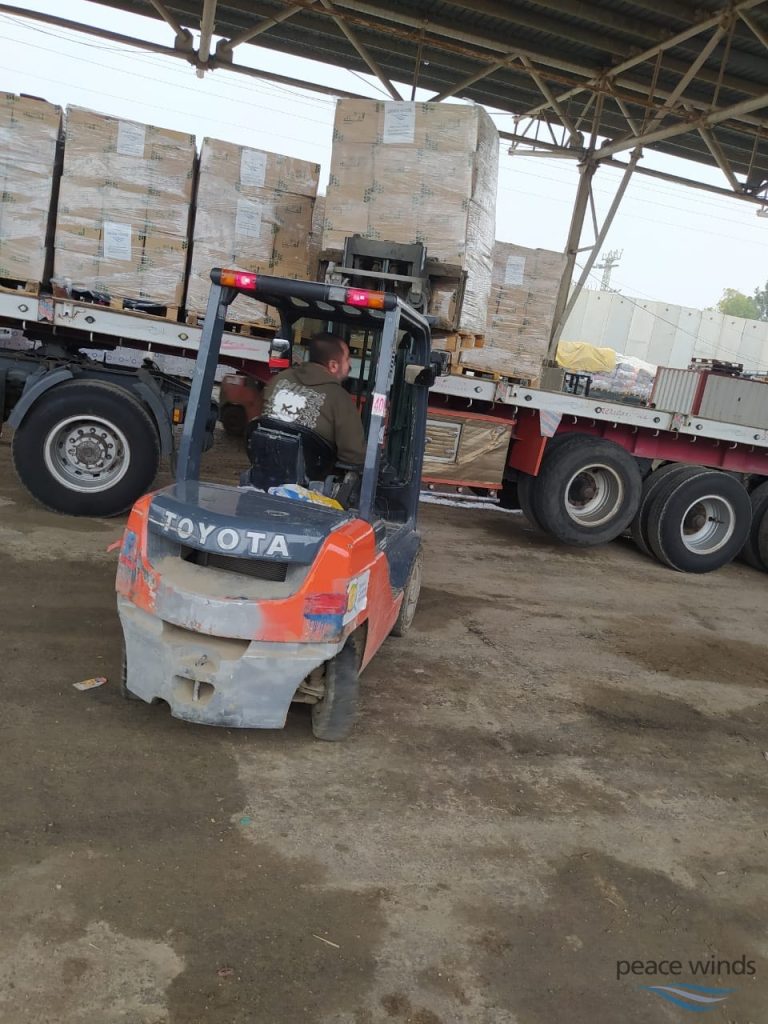Two Months into Intensified Violence in Gaza
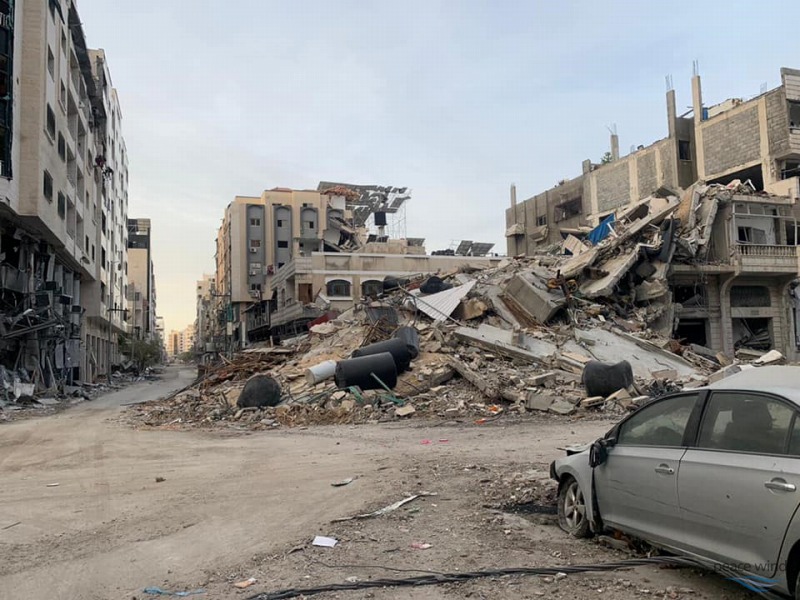
Since the temporary ceasefire ended on December 1, Israeli airstrikes and ground invasions have intensified in the Gaza strip. This includes attacks on hospitals, schools, and other places serving as evacuation centers or temporary shelters. At least 15,000 Palestinians have been killed in Gaza since October 7, including more than 6,600 children.
A staff member from a Peace Winds’ partner organization in Gaza told us that they evacuated their home when Israeli tanks approached. “We need drinking water,” they said. “People are flooding into temporary shelters, but water treatment centers aren’t operating due to fuel shortages. It’s only getting worse.”
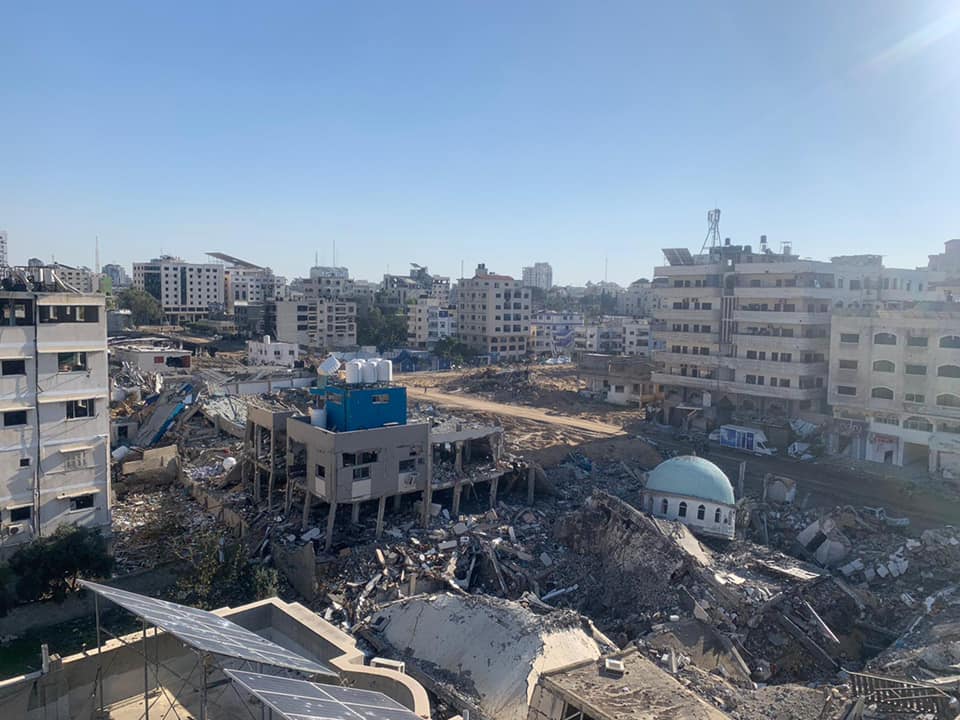
The home of one Peace Winds’ staff member, Hadel, has been completely destroyed. Even worse, Hadel’s brother-in-law and niece, who were living with him, were shot and killed by the Israeli military as the family tried to evacuate. “For two weeks, we couldn’t get their bodies back,” he told Peace Winds. “But during the temporary ceasefire in November, we were finally able to bury them.”
Another staff member said, “most of the surrounding buildings were destroyed, and a nearby hospital was also attacked. We are running out of drinking water, and we are unable to communicate with friends and relatives to know if they are okay.”
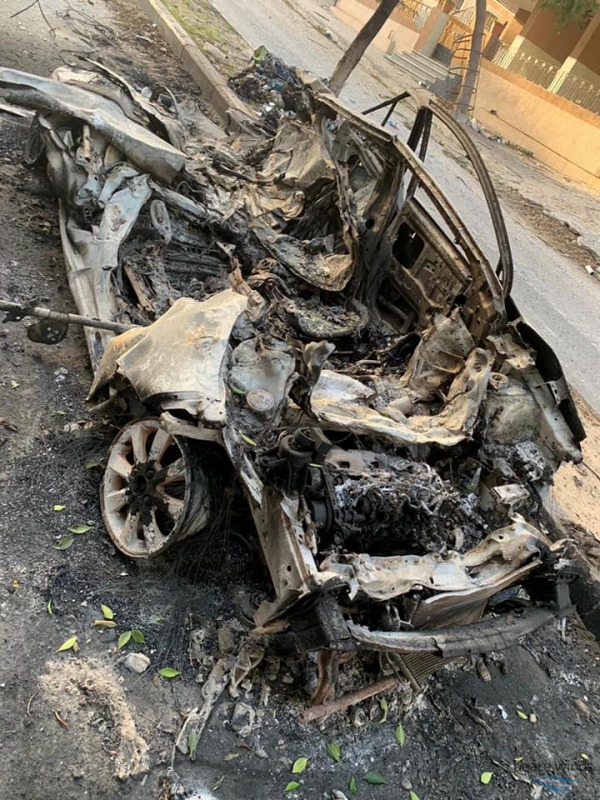
The Gaza Strip has long suffered from a shortage of fuel and supplies, but the problem has increased significantly since October 7. It is now nearly impossible for aid organizations to reach civilians in need. During the brief ceasefire that began on November 24th, the number of aid trucks entering Gaza from Egypt increased to around 200 per day. However, this number quickly decreased to 50 trucks per day following the end of the ceasefire on December 1.
It takes time for Israeli authorities to inspect goods brought into Gaza from Egypt, and there are strict regulations on the type of goods allowed, including a ban on batteries and solar panels. To make matters more difficult, the Rafah checkpoint on the border between Egypt and Gaza was originally built for the entry and exit of people, meaning it is not structured to handle the passage of large numbers of trucks. Supplies such as water, electricity, fuel, food, and medicine are running out in many areas, increasing the risk of starvation and malnutrition.
Additionally, many evacuation centers are overcrowded. Some have only one toilet for hundreds of people. Gaza’s rainy season began in November, raising even more concerns about hygiene. Infectious diseases are already spreading rapidly, and UN agencies are warning that these could pose an even greater risk than the airstrikes themselves.
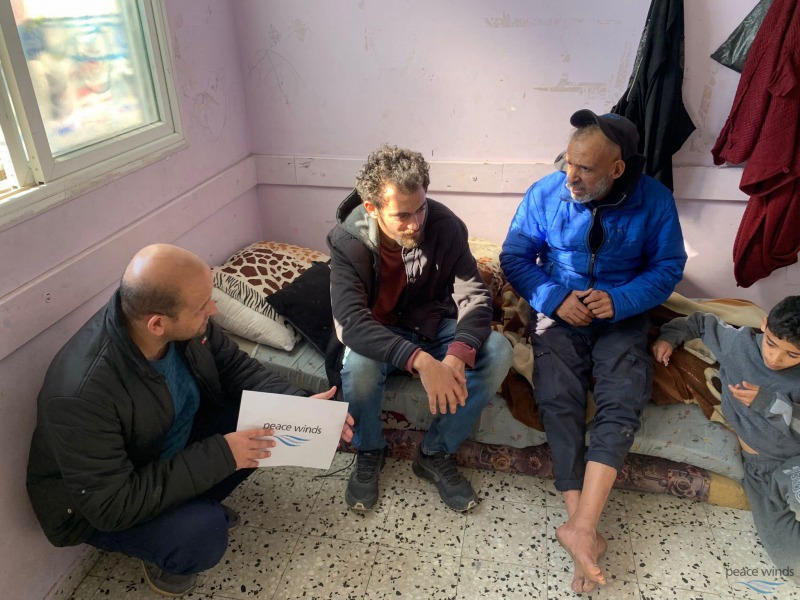
Although Peace Winds was forced to suspend our ongoing projects in Gaza on October 7, we remain in contact with two Palestinian staff members. So far, our teams have distributed food, water, and hygiene supplies to approximately 10,000 individuals in 1,500 households. Food supplies for an additional 2,000 families arrived in Gaza from Egypt on December 5, and Peace Winds is already working to distribute these to Palestinians in need. The humanitarian crisis in Gaza worsens each day, and it is expected that delivering aid will only become more difficult as the situation progresses. However, Peace Winds will continue working to provide relief by every means possible. We thank you for your continued support.
